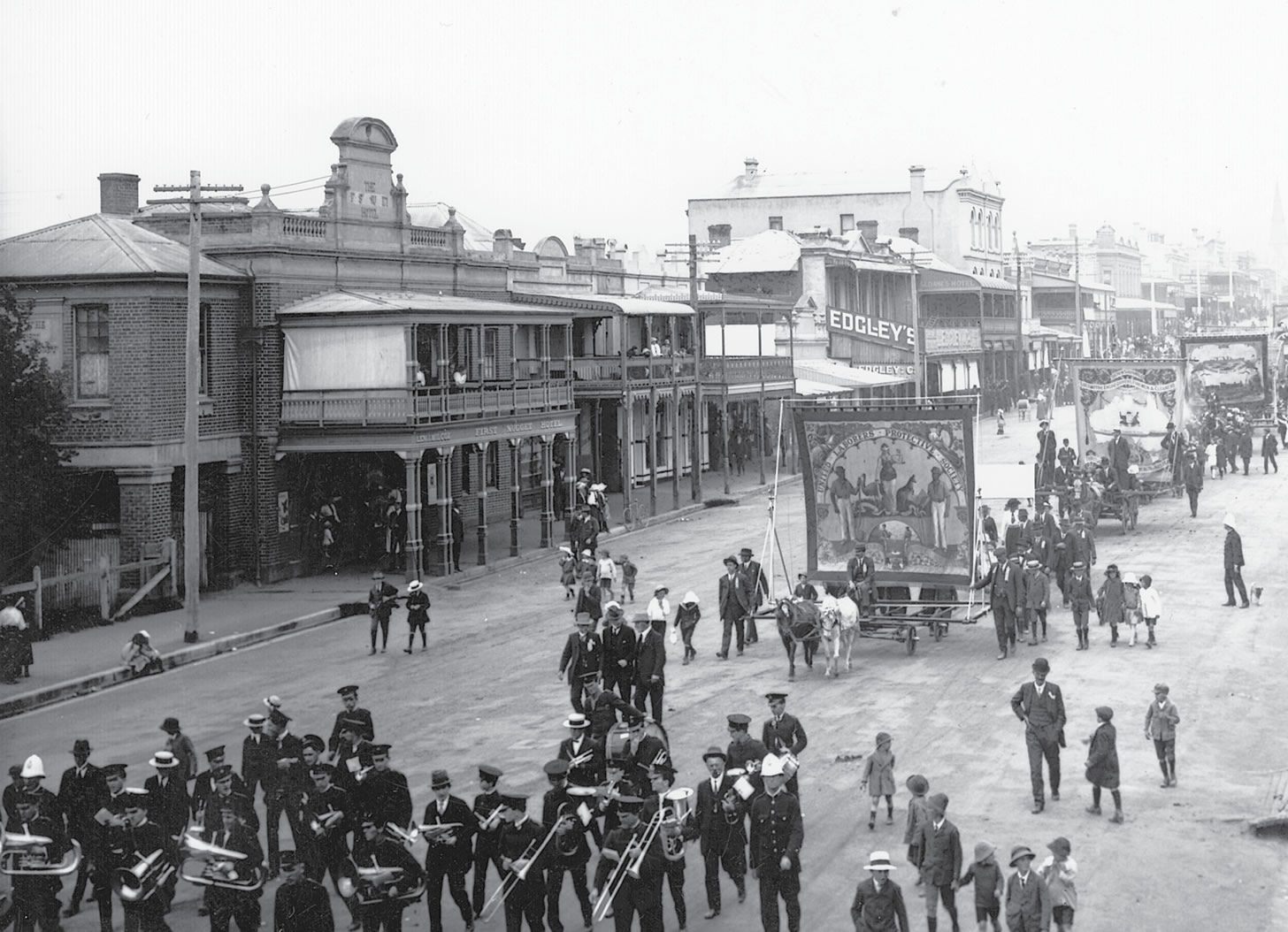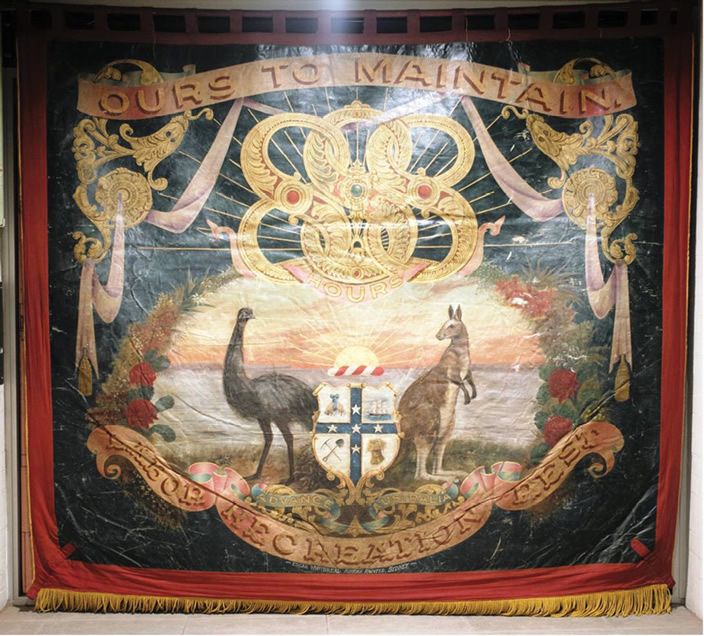May Day in Australia celebrates and remembers those who struggled and succeeded to ensure decent and fair working conditions in Australia.

Why we march on May Day
Eight hours of work, eight hours of rest and eight hours of play

On 21 April 1856, stonemasons at the University of Melbourne marched to Parliament House to push for an eight hour working day.
An agreement with employers for a 48 hour week was eventually reached and Australian workers welcomed the new eight hour day.

A victory march was held on 12 May that year and each year after that. In 1856, the new work regulations were recognised in NSW, followed by Queensland in 1858 and South Australia in 1873.
In 1874, Tasmania joined the other states, which were colonies at the time, in adopting the shorter eight hour working day.
In 1879, the Victorian Government made one further step towards better conditions for employees by proclaiming a paid public holiday that year.

In light of the labour movement’s successful push for an eight hour day, a large May Day meeting was held in Melbourne in 1890. On 1 May that year a local newspaper made reference to that day as May Day.
One of the first May Day marches in Australia occurred on 1 May, 1891 in Queensland. More than 1000 people participated in the march, carrying banners and the Eureka Flag. Cheers and chants were given for the eight hour day.
May Day is now an international celebration of the triumphs trade unions across the world to secure the eight hour day and a recognition of the continuing struggle to improve wages and conditions everywhere.
Images courtesy of Sydney Trades Hall 8 Hour Day collection Facebook.com/sydneytradeshall


































































































































